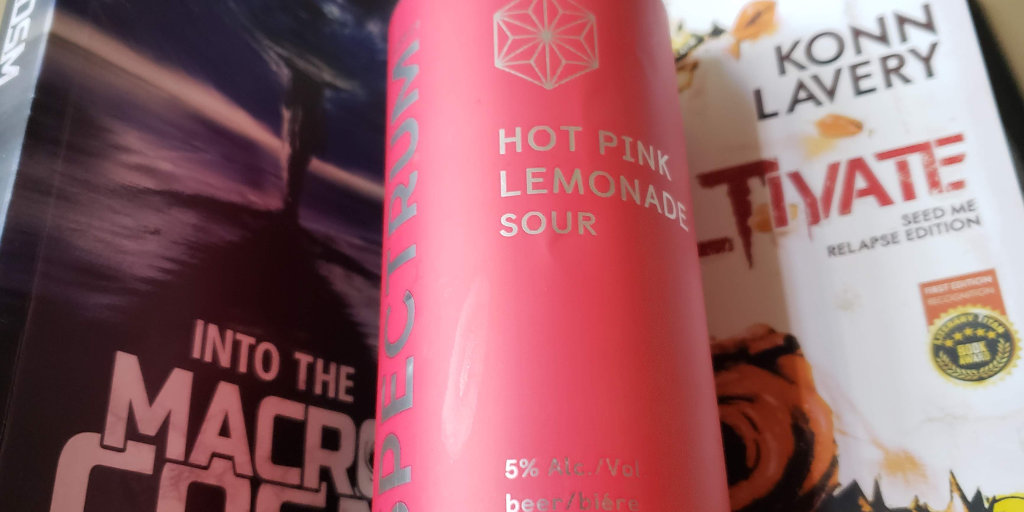
Chiselling Away at Writing Vs Burst Sessions
Estimated Reading Time:
Chiselling away at writing bests burst sessions over a long time. You’d be amazed at what a little bit per day will do vs doing burst sessions and taking breathers in-between. This is your classic tortoise versus the hare scenario. As great as it is to have massive burst sessions, we all can’t block out hours a day to focus on writing. I’ve preached many times on the blog about keeping momentum while writing. Today we will elaborate more by chiselling away at writing vs bursting through it.
Welcome to Another Edition of Unprocessed Thoughts
I love dedicating portions of a day or an entire day to writing. It is liberating to focus on nothing else but the story. You can power through big chunks of the manuscript this way and string it all together with a clear mind. It gives you a greater sense of focus because your mind isn’t being thrown in many different directions. That’s not always possible throughout the week, especially if you juggle a full-time job or personal commitments.
Chiselling away at writing has far more strength in this realm. It’s another way to describe what every author I know does: write a little bit every day. You will be amazed at how quickly it adds up after a week. Take it one step further and let a couple months go by, and before you know it, you’ve tackled major milestones with your writing. So, how do you do it?
Stay Organised

Some people love organization; personally, I don’t. It seems to be a means to an end. The perks are so crucial to my world that I stay pretty organized in my graphic design business and writing. If I don’t do it, everything behaves like a collapsing tower of Jenga. I have a blog post dedicated to keeping organized while writing found here.
The small sessions are low commitment and give a small return, meaning you don’t get far with the tiny steps when looking at a single day of chiselling away. For example, if you only spend a 15-minute or 30-minute sessions, you’ve only done a tiny bit. Sometimes it takes 30 minutes to finally get into the groove of the writing, then before you know it, you have to go back to some other task or move on. This can be solved by . . .
Keeping Notes

Your future self will love you if you write things down. After all, you are a writer. This should come as second nature. Keeping notes also applies to other art mediums as well. The methods will vary for each person depending on how they like to be reminded of things. Some people love colour-coated sticky notes. I personally do not. I’ve digitized most of my working documents for projects because otherwise, I would have mountains of paper covering every corner of my apartment.
Notes can be as simple as a few lines. They should be to jolt your memory, not provide an essay. Trust your mind to be triggered when seeing the key phrase on your note. On the flip side, as Stephen King has said, notes are a great way to keep bad ideas. At the moment, something might sound like a billion-dollar idea that will push your book to be a top seller. A few months down the road, it might be pretty poor after some reflection. Good, scrap it and move in.
Chiselling Away at Writing Reveals a Sculpture

Small sessions over a long period let you reflect upon the work and see it every day. The counter to this method is it’s not effective when it comes to timelines. If you must have a manuscript by a specific date, this method only goes so far. If you have self-set goals, which are difficult for many people to commit to, this is where chiselling away at writing is compelling. You have a low commitment every day, plugging away at it.
Here is another analogy: it’s like letting a garden grow, planting a seed, watering it and enjoying the fruits of your labour months down the road. This is, of course, if you remain consistent. It’s a bland, unexciting truth about finishing a manuscript in small daily sessions.
What About Motivation?

What about it? In all honesty, motivation and inspiration seem to be the same mishmash of fluff that I don’t really look at. Coming from a graphic design background, I’ve become familiar with being a creative professional on demand. You do not have the luxury of being inspired or motivated. You must produce whether you like it are not to meet that deadline and get paid. This is where creative problem-solving comes into play, and you follow a proven process that repeatedly works to reach the end creative project.
For example, I start with dozens of thumb sketches on paper playing with ideas (like a book premise) with a logo. Then I take only the best thumb sketches and digitize them into many black and white logo variations. These are broken down into 3 to 4 basic concepts that I share with the client. The chosen concept is refined, with colour applied, and finalizes the logo. This process has worked for me for well over a decade. There have been many times when I don’t want to design logos, but I know it’s part of my job. Thus, I trust the creative process.
The same philosophy can be applied to writing by following a consistent method. Chiselling away at writing every day works in the same way. That’s not much fun, is it? Unfortunately, a lot of work is still work, regardless of whether you enjoy the medium. In a perfect world, we would only do things we like to do, but we cannot do that if we want to get somewhere.
Burnout

I’ve tackled project burnout in a previous blog post. Still, I want to bring it up again because chiselling away at writing will reduce the amount of project burnout you experience. Again, burst sessions are incredible, and if we could all do them all the time, that would be fantastic. This method is dangerously close to the road of burning out, and then you’re out of commission for weeks, if not months.
We’re Not Unique

We’re not, really. You’d be amazed at how our emotions are identical to each other. Different things trigger them, yes, except creativity. We all go through slums and have the same internal emotions about our creative outlets. Those that buckle down and work through the creative problems end up with a finished project that they can take to the next phase.
For example, I’ve been heavily bogged down with design work all year, and truthfully it feels like my year is just starting now as we reach the end of May. I consistently wrote every morning before starting the rest of my daily routine. The repetition let me complete Beyond the Macrocosm, my upcoming choose your own path short story collection. I also outlined an entirely new book for a new series which I am now writing the first draft of. While that’s been going on, the Patreon, the blog, and the newsletter have been consistently released every month. It’s thanks to chiselling away at writing, whether I like it or not.
So be kind to yourself, do small sessions consistently over several months, and you will be amazed at what you end up with.
Beer Note: Spectrum Beer co. Hot Pink Lemonade Sour

For this month, I tried Spectrum Beer co. Hot Pink Lemonade Sour. This is a relatively light 5% alcohol volume beer, which was a bit of a shock at first. Usually, if they say sour in today’s market, it’s prune-face level sour. The lightness was refreshing on a warm day. With the low alcohol level, I enjoyed too many of these in the sun.

About Konn Lavery
Konn Lavery is a Canadian author whose work has been recognized by Edmonton’s top five bestseller charts and by reviewers such as Readers’ Favorite, and Literary Titan.




